How many types of museum display cases
There are various types of museum display cases, each designed to meet specific requirements of the artifacts they are intended to showcase. Here are some common types:
Standard Display Case: A standard display case is a rectangular or square shaped box, usually made of glass or acrylic, used to showcase a variety of small to medium-sized artifacts.
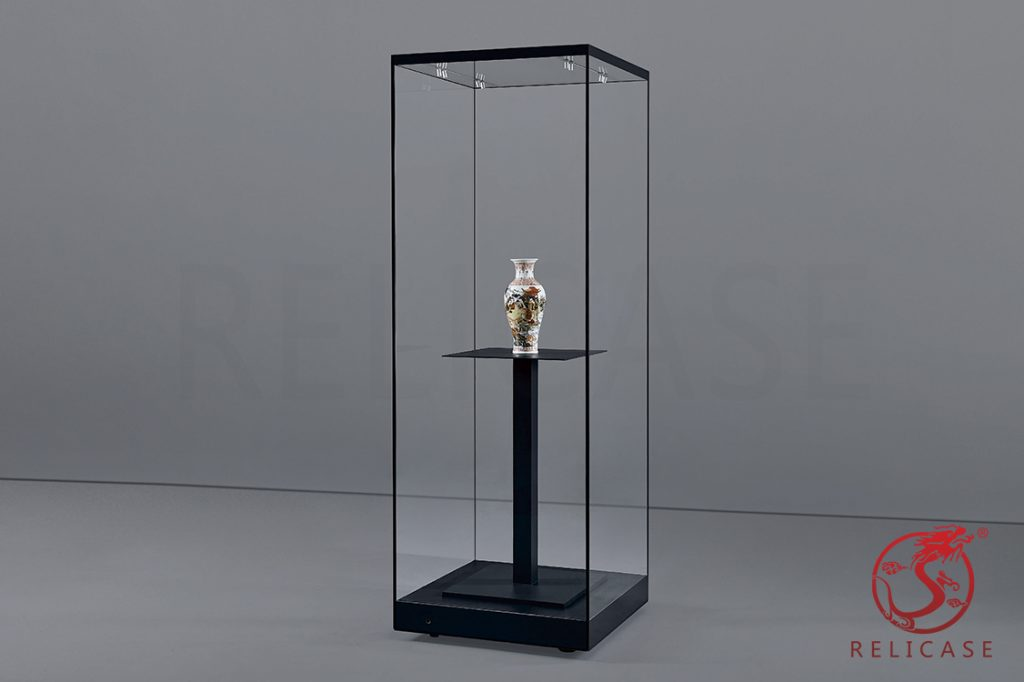
Wall-mounted Display Case: This type of display case is mounted on the wall and is ideal for showcasing larger items such as paintings or sculptures.
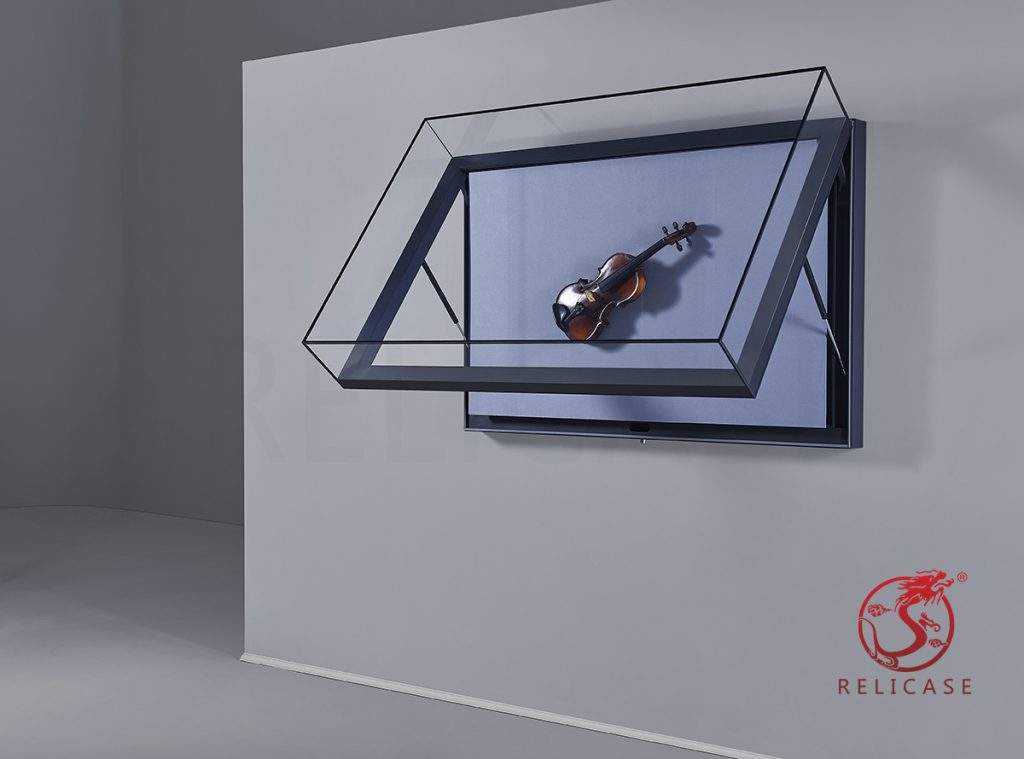
Freestanding Display Case: Freestanding display cases can be placed anywhere within a museum, and they come in different shapes, sizes, and styles.
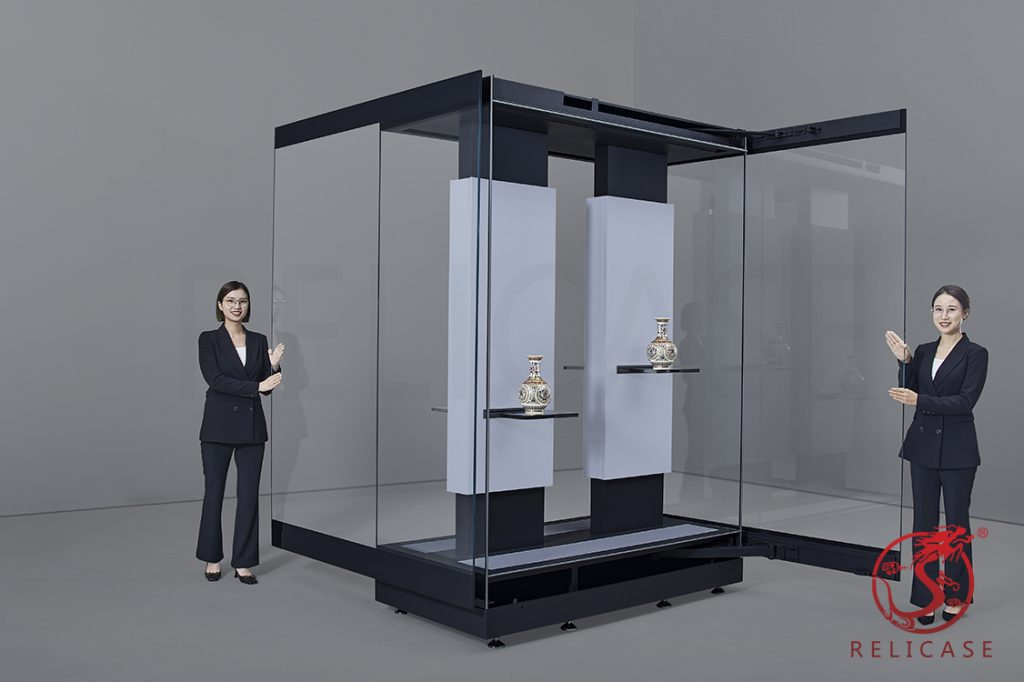
Pedestal Display Case: A pedestal display case is a tall, freestanding display case that is typically used for displaying sculptures or other vertical artifacts.
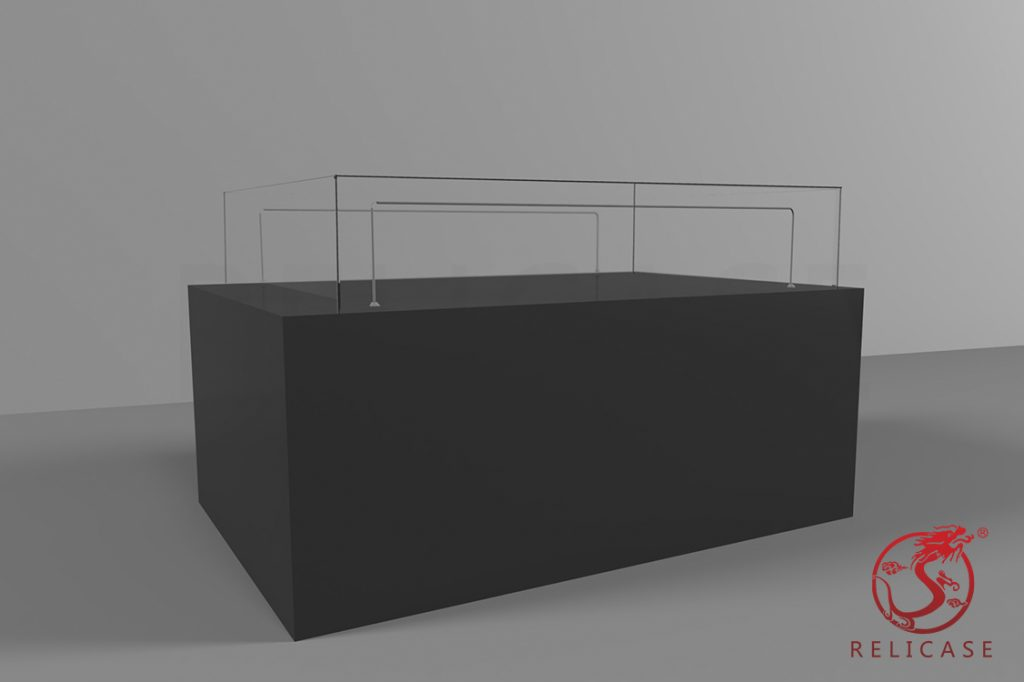
Tabletop Display Case: A tabletop display case is a small display case that can be placed on a table or counter to showcase small items such as jewelry, coins, or figurines.
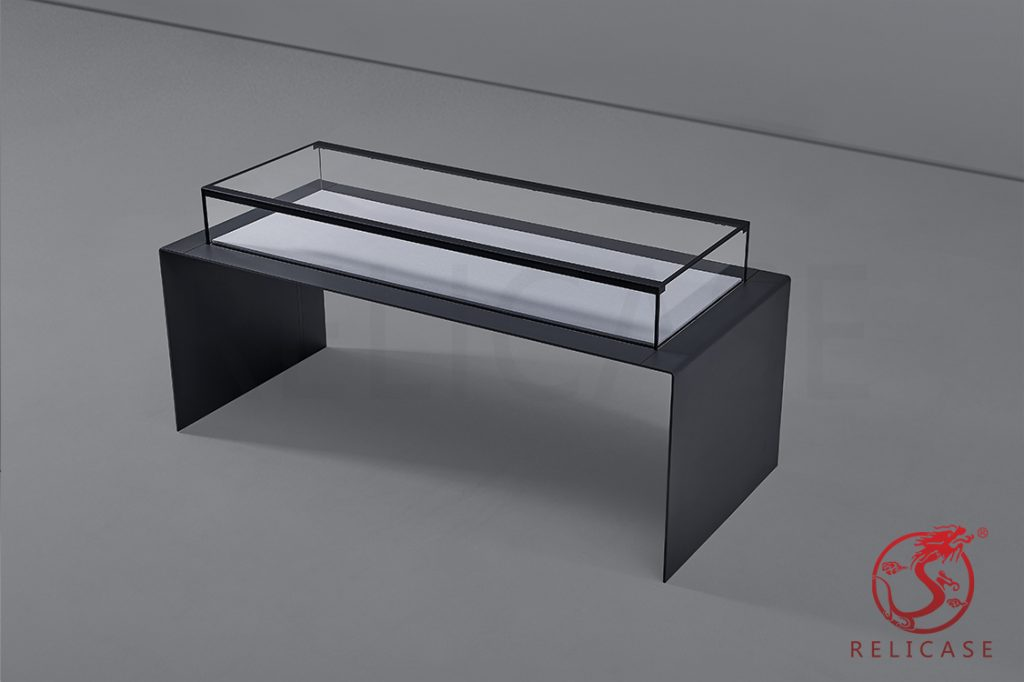
Display Cabinet: A display cabinet is a larger display case that can be used to showcase multiple items or a larger object.
Conservation Display Case: A conservation display case is designed to provide a controlled environment for artifacts that are sensitive to changes in temperature, humidity, and light.
Interactive Display Case: An interactive display case incorporates technology, such as touchscreens or audio-visual displays, to engage visitors and provide a more immersive experience.
These are just a few examples of the types of museum display cases available. Museums often work with exhibit designers and fabricators to create custom display cases that are tailored to the specific needs of their collections.
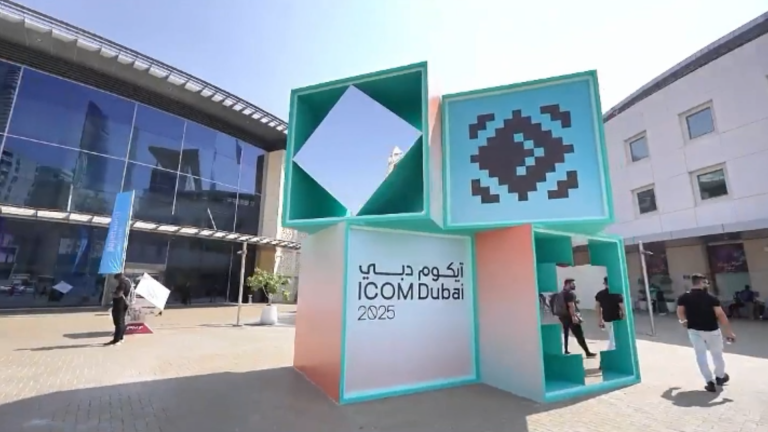
Relicase: Exhibit in Dubai, Engage with the world.
On November 12th 2025, the 27TH ICOM GENERAL CONFERENCE opened at the Dubai World Trade Center, the financial center of the Middle East. More than 4,000 professionals from more than 100 countries and regions around the world attended the conference, and more than 50 Chinese museum leaders, experts, scholars and enterprise representatives attended the conference. “This is a grand…
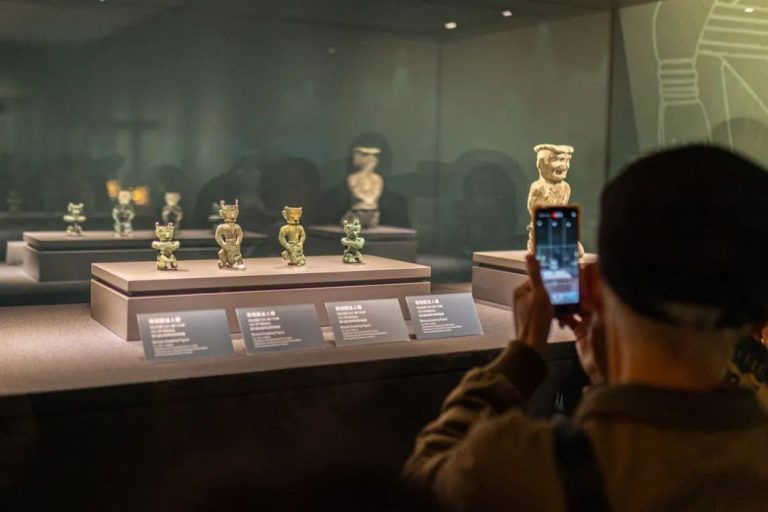
Museum Showcase Excellence: How Relicase Brought Ancient Shu Treasures to 300,000+ Visitors
Over 300,000 Visitors!Ancient Treasures of Shu Shine in Hengqin: The Mystique of Sanxingdui and Jinsha Captivates Audiences The special exhibition Ancient Treasures of Shu: Sanxingdui and Jinsha attracted more than 300,000 visitors, including nearly 60,000 from Hong Kong, Macau, and Taiwan, making up almost 20% of the total audience. On April 24, the three-month exhibition…
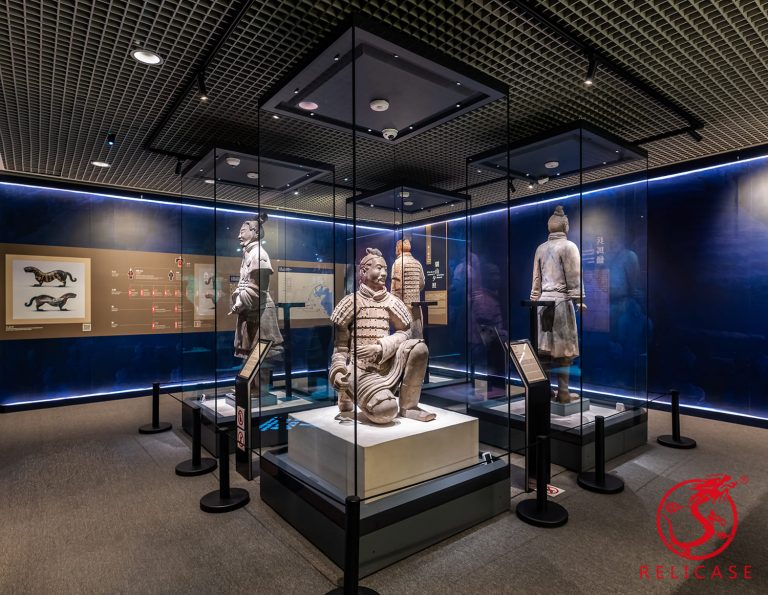
Relicase at Macau Museum: Safeguarding Heritage, Celebrating Legacy
Macau Museum: “Edification of the Masses — Cultural Treasures from the Zhou, Qin, Han, and Tang Dynasties” A Landmark Embraces Innovation The Macau Museum stands proudly atop the historic Mount Fortress, next to the famous Ruins of St. Paul’s. As an iconic symbol of Macau’s history and multicultural heritage, it now embraces the touch of…
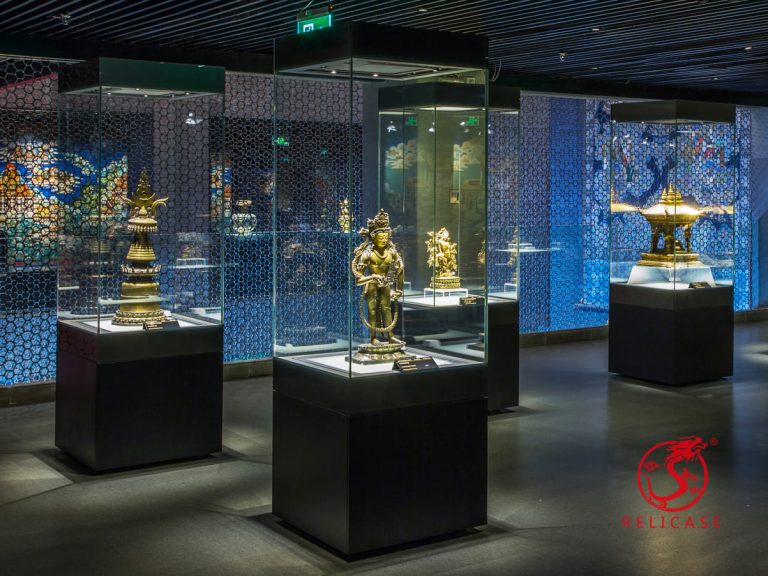
Potala Palace
Abstract On April 26, 2017, Relicase completed the showcase project for the Treasure Hall of the Potala Palace in Tibet. The Collections Hall spans three floors and is divided into two major sections, showcasing a total of 273 individual artifacts and replicas, as well as 155 sets of artifacts (or 159 sets, including 147 sets…
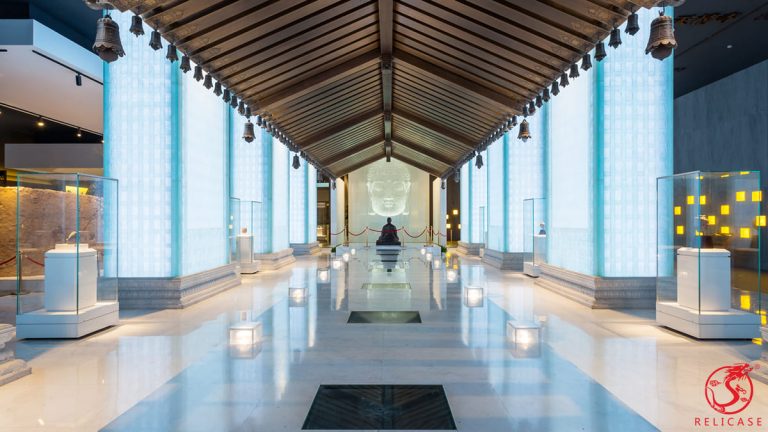
Porcelain Tower of Nanjing
Abstract The Porcelain Tower of Nanjing, named and constructed by Emperor Yongle of the Ming Dynasty to honor his parents’ boundless love and virtue, stands as a symbol of filial piety. Celebrated in Du Mu’s poetic lines, “Four hundred and eighty temples of the Southern Dynasties, how many pavilions linger in the mist and rain,”…
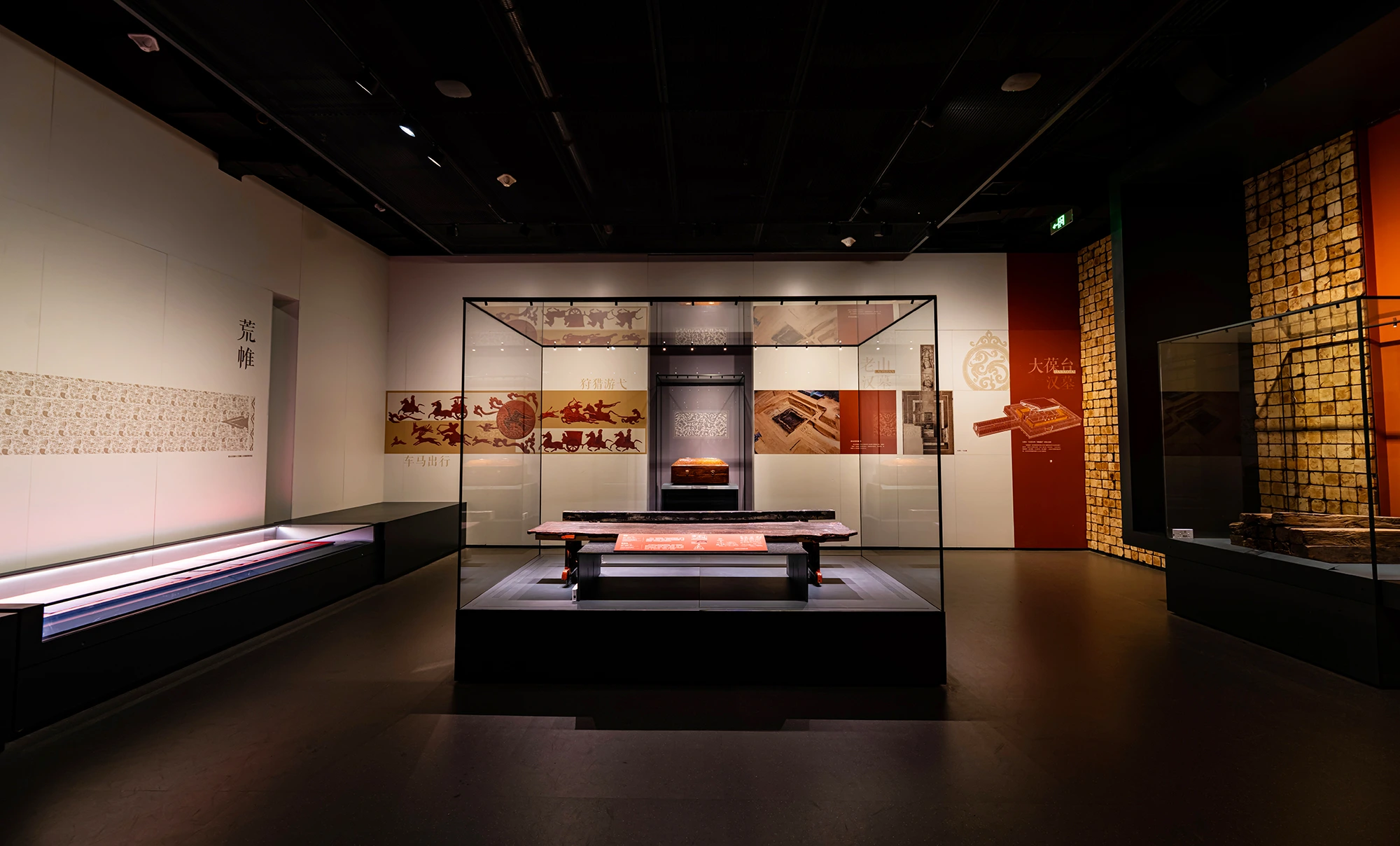
The basic guide to Museum Showcase Glass
As museums continue to modernize, the glass used in display cases has undergone a remarkable transformation to meet ever-evolving requirements for safety, visibility, and artifact preservation. The shift from basic transparent materials to specialized, high-performance glass highlights the strides made in exhibition technology. The Journey of Museum Showcase Glass Historically, glass in museum showcases was…
